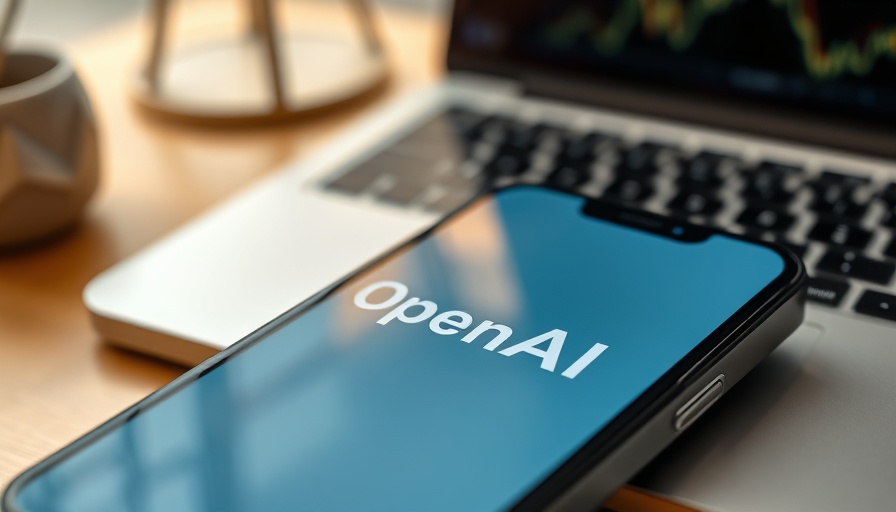
OpenAI's Big Move: The Rise of Open Weight Models
In a bold announcement that could reshape the AI landscape, Sam Altman, the CEO of OpenAI, revealed that the organization plans to release a groundbreaking open weight artificial intelligence model within the next few months. This development comes on the heels of the impressive success of the R1 model from the Chinese company DeepSeek, pushing OpenAI to adapt its strategy in the face of escalating competition.
Understanding Open Weight Models
Open weight models differ significantly from traditional AI models. They allow users to download, modify, and run the models on their own hardware, making AI technology more accessible and affordable. Altman emphasized the importance of this release, indicating a shift in OpenAI's approach toward open-source AI technologies. With organizations like Meta gaining popularity for their Llama models, this move reflects a growing trend towards open AI solutions that enable entrepreneurs and small business owners to leverage powerful AI tools without the high costs associated with proprietary models.
Why OpenAI's New Model Matters for Entrepreneurs
Access to an open weight AI model could provide transformational opportunities for businesses. Entrepreneurs can utilize these models for various applications, from enhancing customer service with automated chatbots to performing data analysis that can drive strategic decision-making. The potential to tailor the models for specific use cases, such as handling sensitive information, further empowers small business owners to innovate while maintaining ethical practices.
The Response to Competition and Cost-Efficiency
Altman's recent comments highlight a critical period for OpenAI. Following the release of DeepSeek's model, which was trained at a significantly lower cost than many existing models, it became evident that OpenAI needed to adapt in order to remain competitive. Altman admitted that the company was “on the wrong side of history” regarding open models and expressed enthusiasm for the opportunities that lie ahead with greater openness in AI development.
Managing Risks with Open AI
A crucial aspect of releasing open weight models is the commitment to safety. OpenAI’s researchers, such as Johannes Heidecke, have acknowledged the potential misuses of such technology, which could enable nefarious actors to exploit AI for harmful purposes. As a countermeasure, OpenAI is implementing a rigorous testing process aimed at ensuring that the released models adhere to a strict preparedness framework, effectively balancing the innovation with responsibility.
Future Predictions and Trends
The increasing accessibility of AI models will likely result in a surge of AI-driven business ideas in 2025 and beyond. Entrepreneurs can explore various pathways, such as AI tool development that caters to niche markets or integrating AI automation into existing workflows to enhance efficiency. With the right resources and understanding, small businesses can leverage these advancements to stay ahead of their competition.
What This Means for Small Business Owners
For small business owners, the implications are significant: access to open weight models means you can innovate without exorbitant costs. Whether it’s using AI for marketing insights, operational automation, or customer relationship management, the new landscape can be navigated with confidence. The ability to customize AI solutions helps organizations respond effectively to their specific needs.
As you plan your next business move, consider how embracing open AI technology can elevate your entrepreneurial journey. Stay tuned for OpenAI’s release and think about how your business can harness its potential to optimize processes and drive growth.
Join the AI Revolution
OpenAI’s pledge to release an open weight AI model marks a pivotal moment in the AI sector, fostering innovation while encouraging ethical standards. To stay informed and explore the best AI apps for business, consider joining a community of like-minded entrepreneurs eager to leverage these new technologies. Embrace the possibilities and drive your business forward!
 Add Row
Add Row  Add
Add 




Write A Comment